When Netflix announced that its ads reached 190 million viewers in October, it was not just throwing out another impressive number. It was signaling a fundamental shift in how the streaming giant measures and communicates the true reach of its advertising platform. The milestone arrived with a new measurement metric focused on actual ad exposure rather than subscriber counts. A strategic evolution, and a sign of Netflix's growing sophistication in advertising and its commitment to the transparency brands have been demanding.
Let's break it down. Since launching its ad-supported tier in November 2022, Netflix has gone from skeptical about advertising to a formidable competitor in connected TV. The platform now boasts 94 million monthly active users worldwide on its ad-supported plan. Here is what stands out in that trajectory, Netflix's ad-supported viewership jumped from 34% of U.S. households in 2024 to 45% by August 2025. Not incremental growth. A real shift in behavior toward ad-supported streaming.
The financial implications stretch beyond user counts. CFO Spencer Adam Neumann has said advertising revenue is positioned to roughly double in 2025, which would put ad revenue at approximately $3 billion this year. That surge has arrived while Netflix keeps its premium content positioning and viewer experience intact, effectively puncturing the old ads kill quality narrative that dominated early streaming debates.
Why this new metric matters for advertisers
Advertisers do not buy subscribers, they buy attention. Netflix's viewer reach metric marks a step beyond subscriber-counting and toward actual ad exposure, the currency that matters for connected TV budgets. It echoes how traditional television has measured reach for decades, yet it brings streaming precision and targeting into the mix.
The timing is not accidental. Netflix has been scaling its advertising infrastructure, building out its proprietary Netflix Ads Suite, now operational across all 12 of its advertising markets, which gives advertisers access to Netflix's first-party data and viewing insights. The platform distinguishes itself with targeting sophistication, offering more than 100 interest categories using first-party data while preserving the viewing experience that made Netflix a premium destination in the first place.
Another edge, ad load. With just 4-5 minutes per hour, compared to traditional TV's 12-16 minutes, Netflix creates what industry experts call a premium ad environment where attention remains high and fatigue stays low. Most ad breaks contain only one or two spots, so each advertiser gets more focus instead of fighting through a crowded pod.
The revenue story behind the numbers
Netflix's advertising trajectory shows how streaming can layer ads onto subscriptions without cannibalizing the core business. To set the baseline, analysts estimate roughly $662.3 million of ad revenue for Q3 2025 (≈5.8% of the $11.51B quarter). Modest share for now, but it hints at a larger shift in the revenue mix, especially when you consider that traditional television networks often derive 60-70% of revenue from advertising.
Subscriber conversion adds another layer. Netflix's ad-supported tier is capturing more than half of new subscribers in markets where the ad tier is available, which suggests price-conscious consumers are opting into ads in exchange for lower monthly fees. That choice reframes the ad tier, not as a lesser experience, but as a value-optimized one that lowers the cost of entry without sacrificing content quality.
Wall Street has noticed. Some analysts project advertising revenue could reach $16 billion by 2030 if Netflix maintains growth and carefully raises ad loads without sparking churn. Advertisers are already leaning in, with ad sales commitments increasing by up to 150% year-over-year, and the business is capturing nearly 8% of forecast connected TV spending worldwide, a notable mark for a platform under three years into ads.
What is driving subscriber adoption of ads?
Yes, price matters, but values do too. The $7.99 monthly price point for the ad-supported plan represents a 55% discount from the $17.99 ad-free option. Adoption patterns point to a more nuanced calculation, consumers trading a few minutes of ads for steady access to the shows and films they want.
Netflix's password-sharing crackdown created a natural funnel for ad-tier adoption, helping the platform build its advertising audience without heavy marketing costs. Casual viewers who once used shared accounts became paying subscribers, many of them choosing the ad tier, which produces a more engaged advertising audience than forced exposure ever could.
The broader market backs up the shift. Connected TV streaming reaching 96.4 million households, representing an increase of 849,000 year-over-year, while total streaming hours reached 13.9 billion hours with a 6% year-over-year increase. Consumer behavior research points to viewers seeking value, simplicity, and easily accessible content in their streaming choices. It looks less like bargain hunting and more like a steady reset toward a sustainable streaming economy.
Where Netflix's ad business goes from here
The roadmap tilts toward tech that boosts effectiveness. Netflix plans to introduce ad interactivity features later this quarter, which lets viewers engage with brands without leaving the stream. On deck after that, AI-powered ad formats scheduled to launch in 2026 that enable dynamic, real-time personalization.
Programmatic expansion is another gear. Netflix is showing strong growth momentum as it rolls out automated ad buying across regions, which opens the door for smaller advertisers to access premium inventory without massive upfronts. More buyers, more volume, same premium setting.
Audience make-up sharpens the edge. 18-34 year-olds make up a larger proportion of viewers than on any cable network, and Netflix subscribers spend an average of 41 hours per month on the platform, a combination that is increasingly rare in traditional TV. If Netflix can thoughtfully expand ad loads to 6-8 minutes per hour while keeping churn low, some analysts say advertising revenue could reach $9 billion by 2030. That would position the company to capture a larger slice of the dollars drifting from linear to connected TV.
The strategic implications for the streaming advertising landscape
Netflix's announcement of 190 million ad viewers in October, paired with its new measurement approach, is more than a milestone. It signals the emergence of a mature, sophisticated ad platform that is changing how the industry evaluates streaming effectiveness. The company has moved from ad-free purist to strategic advertising player, and it is on track to double its ad revenue in 2025, proof that premium content and advertising can coexist without wrecking the experience.
With 45% of U.S. Netflix households now watching on the ad-supported tier, up from just 34% a year ago, the momentum suggests viewers are choosing this model, not merely tolerating it. Shifting to granular viewer reach, rather than headline subscriber counts, also shows Netflix is ready to give advertisers the measurement depth they need to keep moving budgets into connected TV.
Bottom line, Netflix is not just catching up in advertising, it is setting the bar for how premium streaming platforms can weave ads into the experience while keeping quality high and viewers happy. The 190 million viewer milestone is proof that a measured, viewer-first approach can create durable value for consumers, advertisers, and the platform, and it positions Netflix as a serious competitor to both traditional television and other streamers in the fast-evolving connected TV ecosystem.




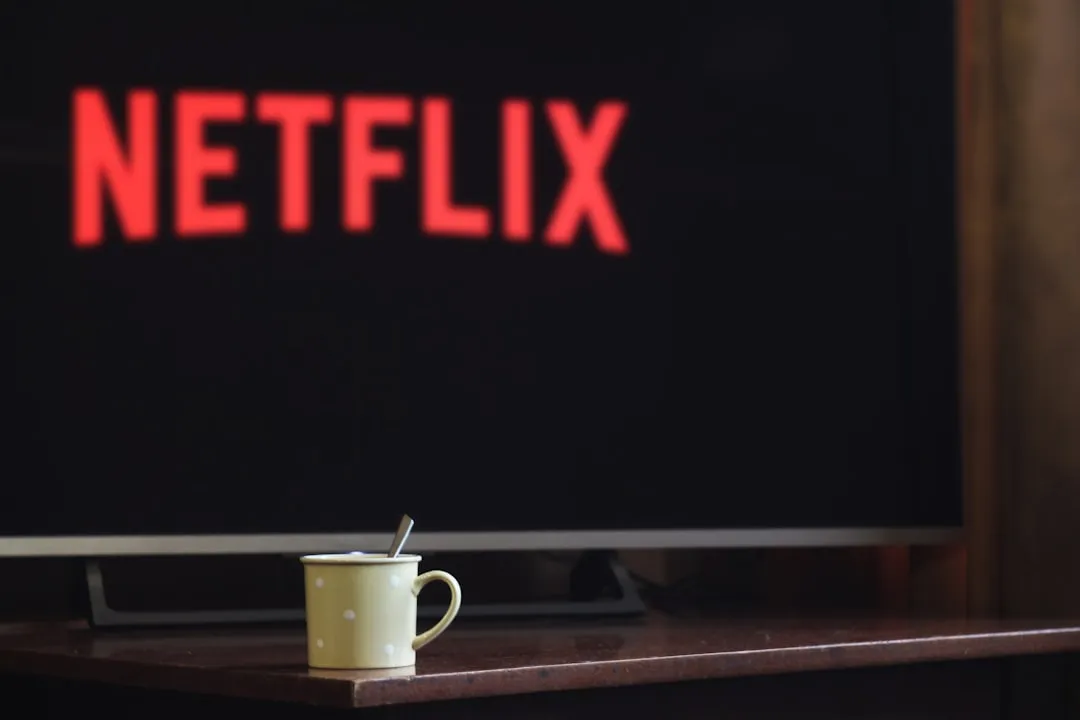



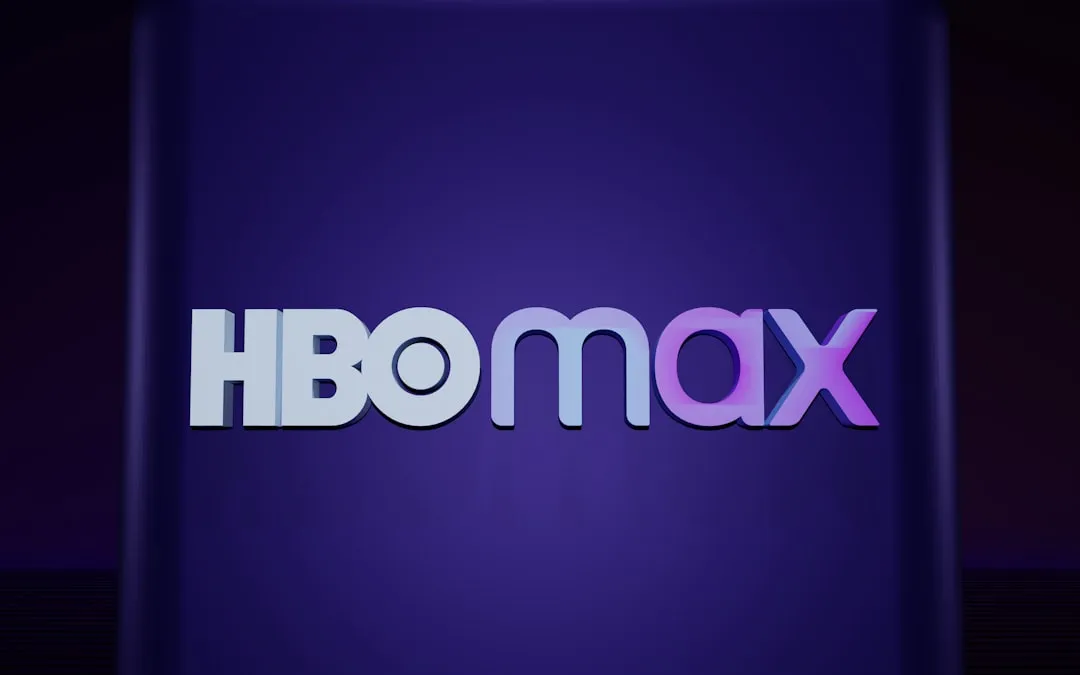


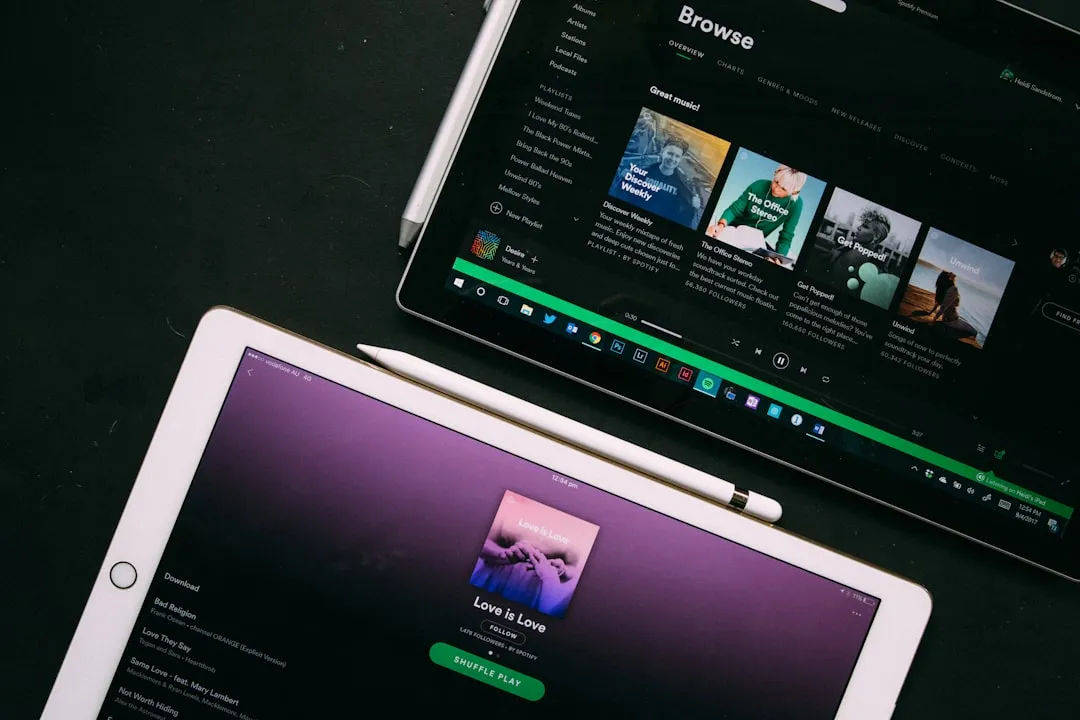


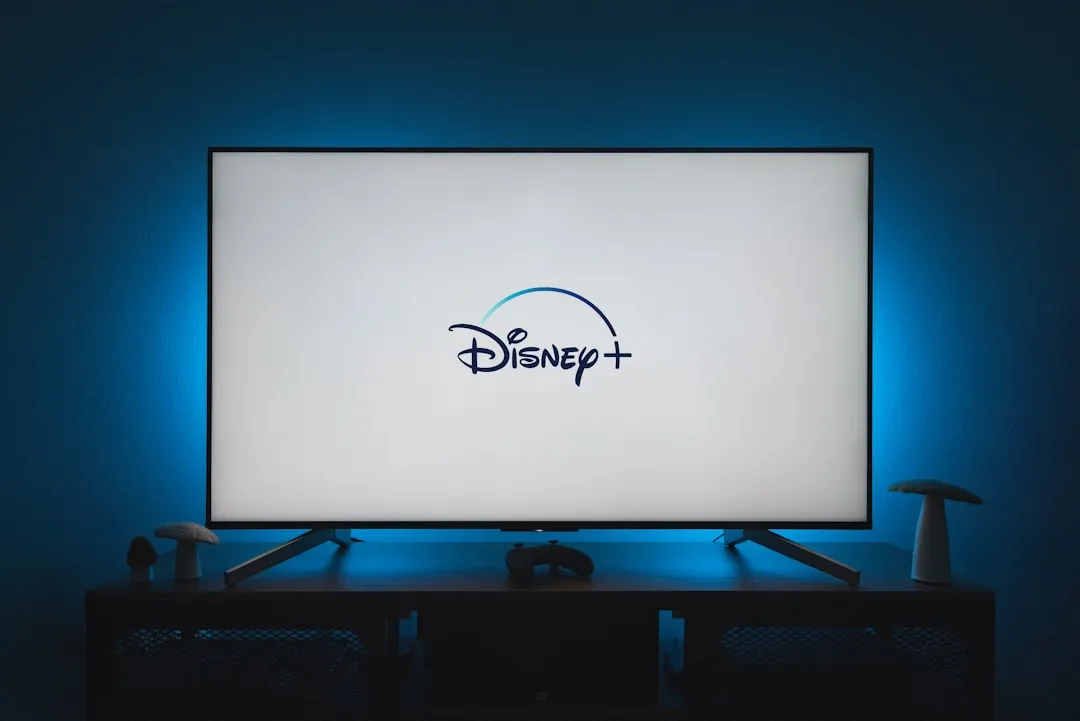





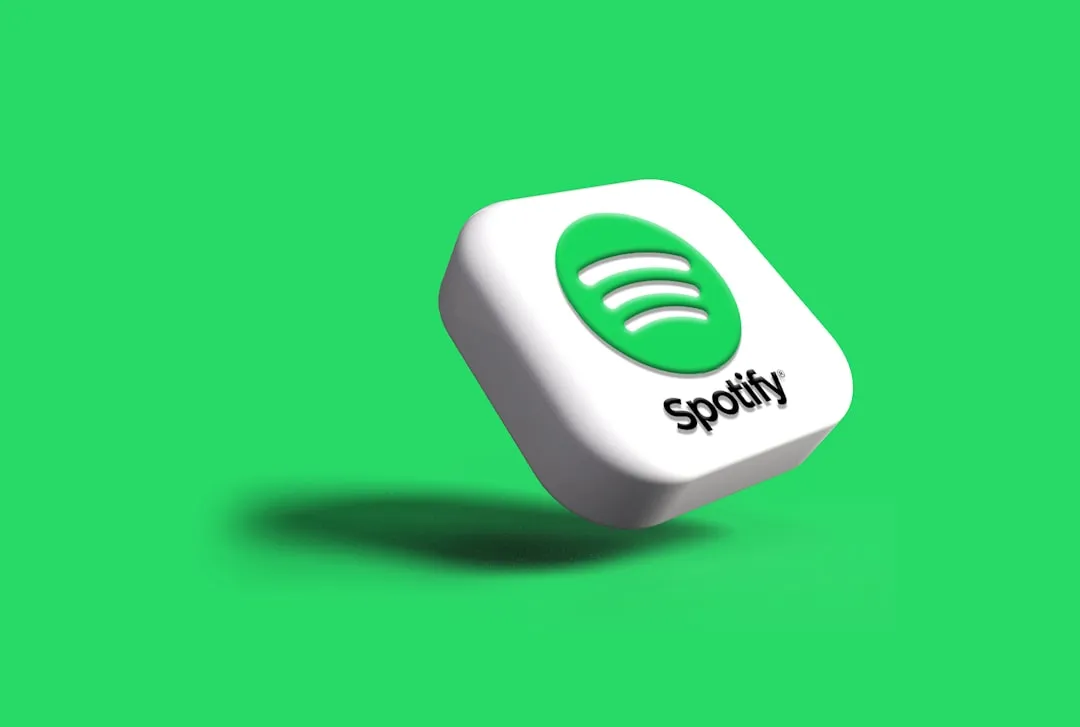

Comments
Be the first, drop a comment!